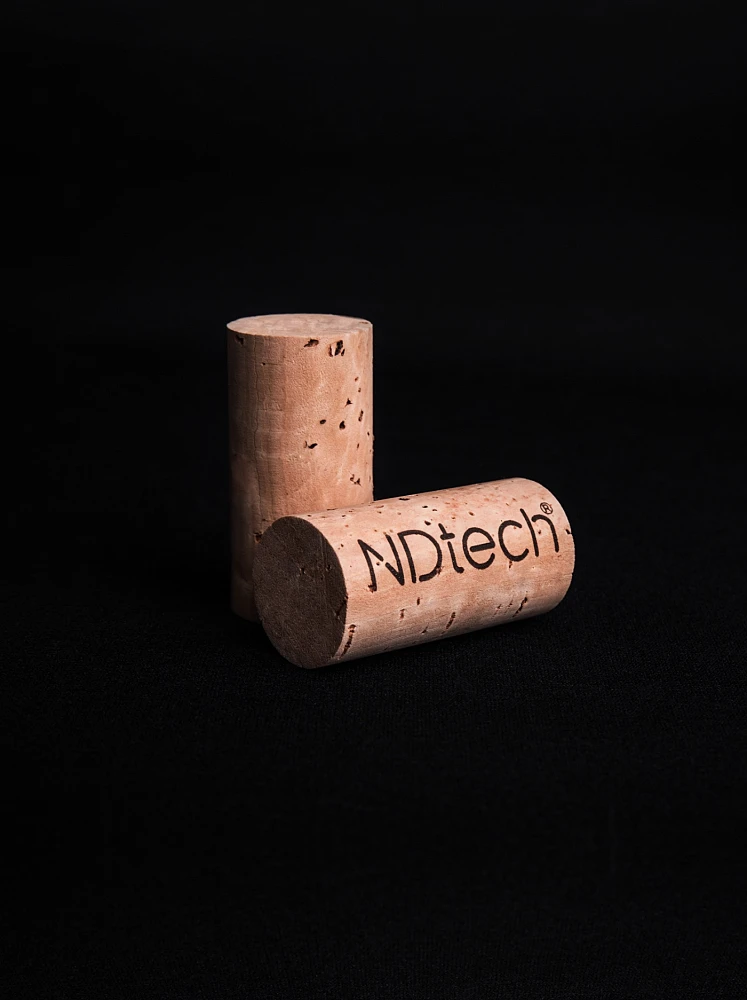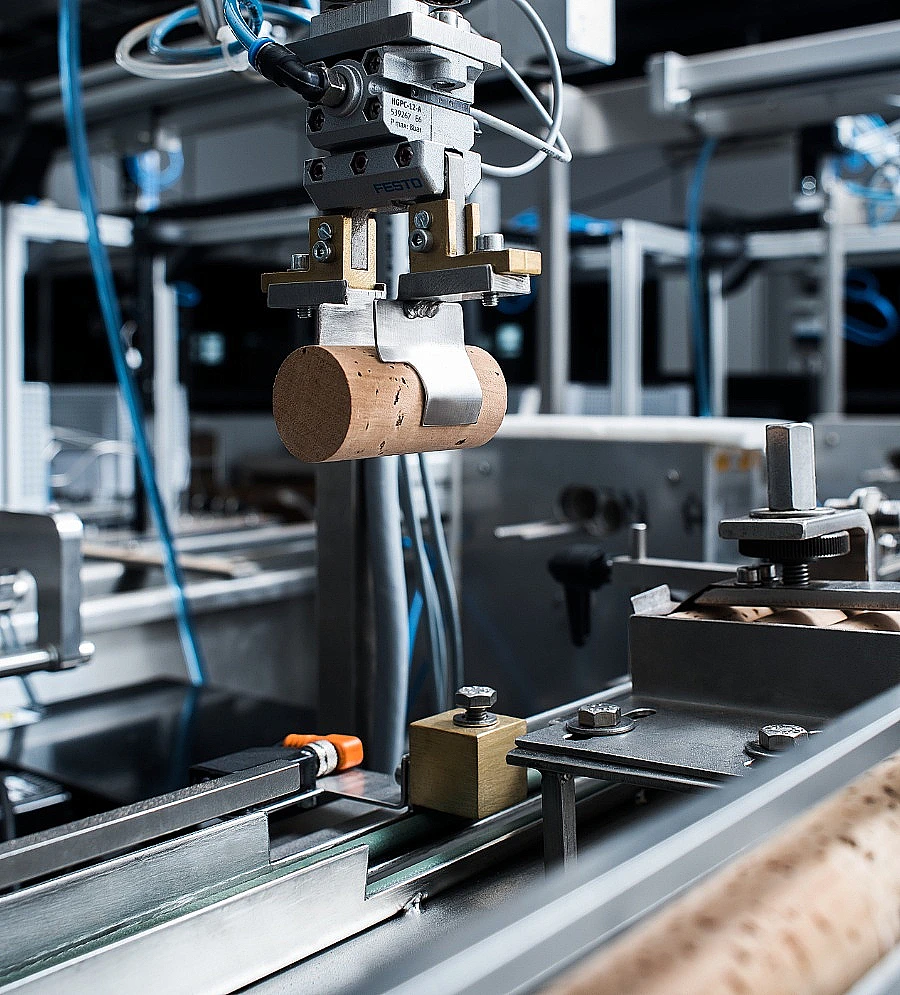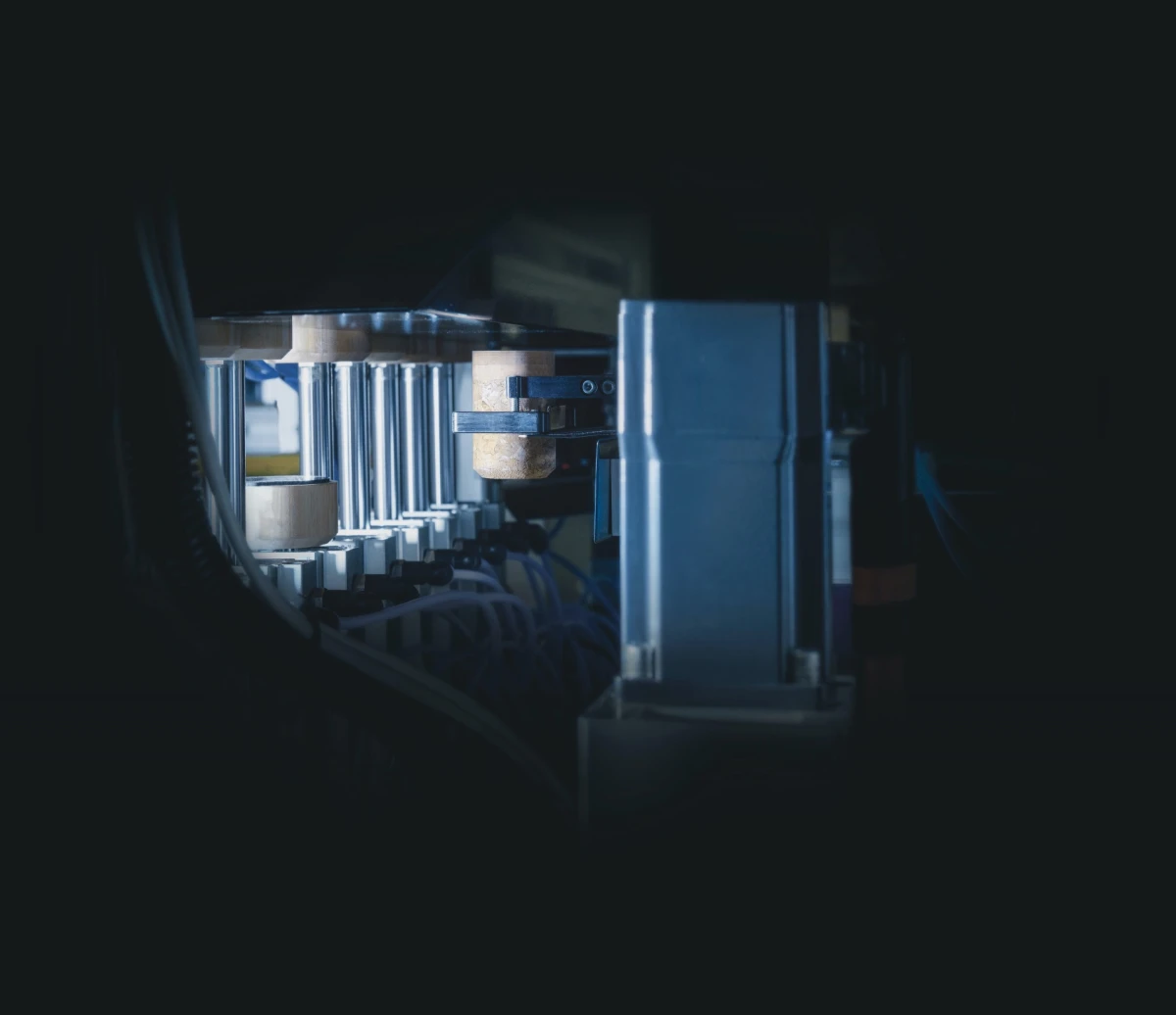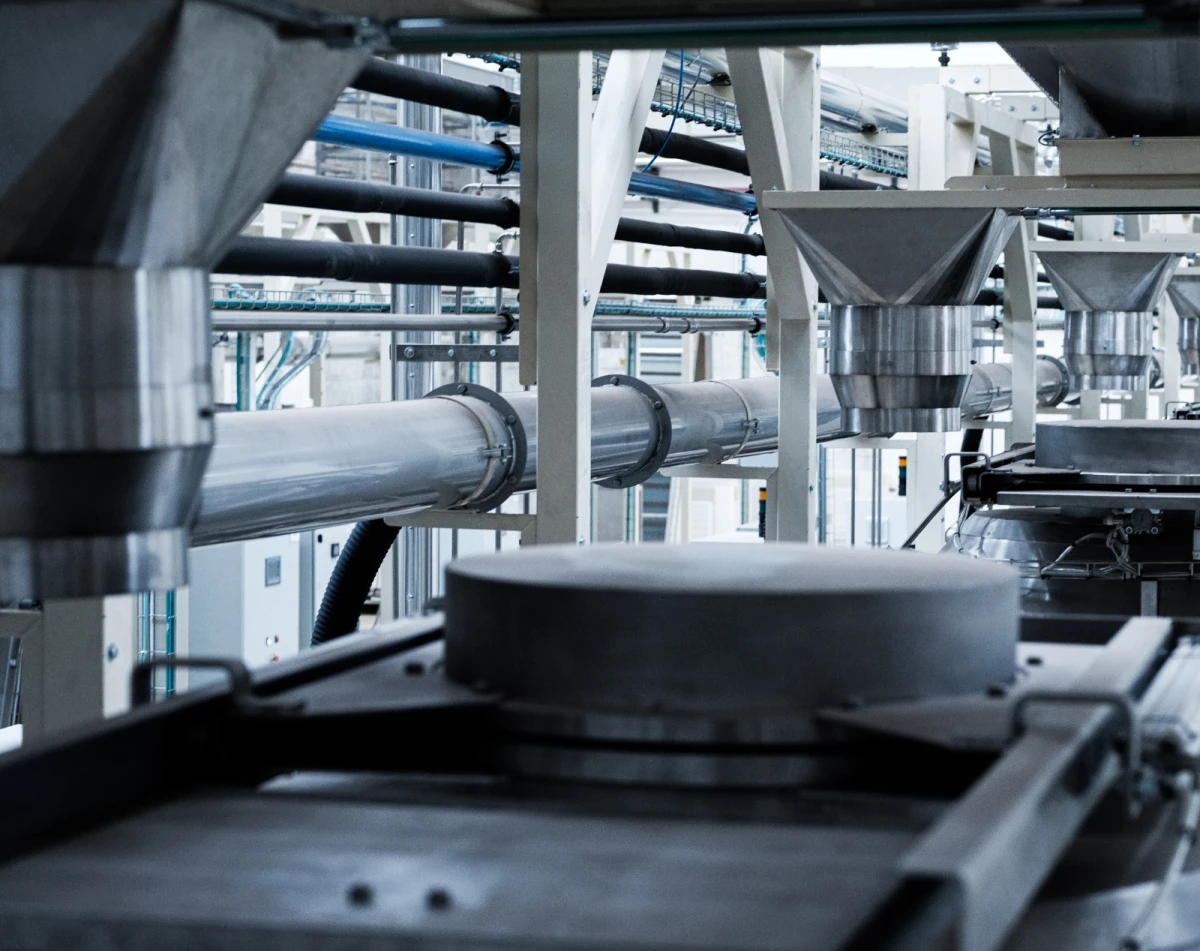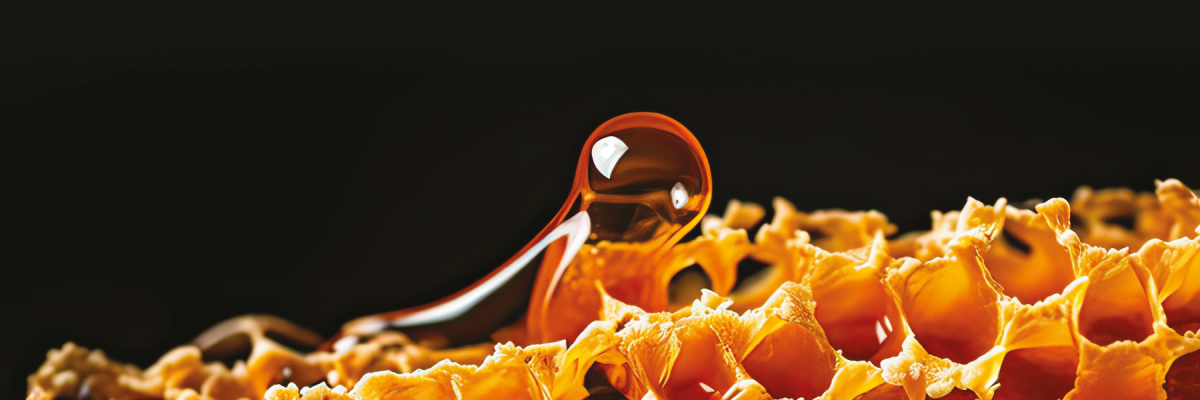- Portfolio
- Product
Portfolio
Back

NDtech®
Nature’s best. Individually guaranteed.
Individually analysed. Guaranteed performance.
Each stopper is individually tested using NDtech® gas chromatography technology, ensuring non-detectable TCA levels in just seconds. This precision screening guarantees exceptional sensory neutrality, preserving the wine’s integrity from bottling to uncorking.
These stoppers also benefit from Naturity® cleansing process, which removes over 150 volatile compounds, and undergo Sealing Verification System (SVE) testing to ensure optimal tightness and consistency.
NDtech® is the natural choice for winemakers who seek the elegance and tradition of whole cork, combined with the confidence of state-of-the-art quality assurance, for the world’s finest wines.
Cork Properties
| Tests | Characteristics | Specifications |
|---|---|---|
| Physical-Mechanical | Length (I) | l ± 0.7 mm |
| Diameter (d) | d ± 0.5 mm | |
| Ovalisation | ≤ 0.7 mm | |
| Moisture | 4% - 8% | |
| Extraction force | 15 - 45 daN | |
| Chemical | Peroxide content | ≤ 0,1 mg/stopper |
| Dust content | ≤ 2 mg/ stopper | |
| 2, 4, 6 - Trichloroanisole (TCA) | ≤ 0,5 ng/L* | |
| Visual | Visual Grade (1) | ≥ -5% |
(*) Releasable TCA content at or below the 0.5 ng/L quantification limit; analysis performed in accordance toan internal method based on ISO 20752.
(1) Deviation with regard to reference sample Stopper sampling methods as per ISO 2859 standard –Cork Products.
- 45 x 24 / 26 mm
- 49 x 24 / 26 mm
- 54 x 24 / 26 mm
- Amorim can calculate the required cork diameter by studying the internal profile of the bottleneck, the characteristics of the wine and the corking conditions.
- Order your cork stoppers for immediate use. These cork stoppers should be used within six months of the date of manufacture if the storage conditions are respected.
- Store the cork stoppers in their original packages, in a well-ventilated room with controlled temperature between 15ºC and 25ºC and 50% to 70% humidity.
- Do not leave boxes and/or bags open with surplus cork stoppers.
- Ensure any dust its removed before corking.
- Ensure the cork is compressed smoothly, to a diameter no less than 15.5 mm.
- Ensure insertion of the cork is a quick as possible.
- For standard bottlenecks, the cork should be inserted to 1 mm below the top of the neck.
- Minimise moisture on the inside of the bottleneck.
- Headspace should be at least 15 mm at 20ºC.
- Don’t leave the cork stoppers in the feeder as to avoid dust.
- Always use stoppers with a surface treatment suitable for the type of beverage, bottling process and selected bottle.
- A vacuum must be created in order to prevent internal pressures.
- Ensure that all dust is removed using suitable placed aspiration – particularly before inserting the cork stopper.
- Maintain the corker jaws free of nicks and signs of wear.
- Ensure proper alignment of plunger and location ring.
- Ensure corking machine operates smoothly, especially during compression.
- Clean all cork-handling surfaces regularly with chlorine-free products.
- Ensure the equipment is suited to the cork and bottle used.
- After bottling, the bottles should be kept in an upright position between 5 and 10 minutes.
- Ideal bottle storage conditions are 12º-18ºC at 50-70% humidity.
- Keep the wine cellar free of insects.
- Bottles should be transported in an upright position.
- The product must not be stored in a location exposed to sunlight, heated environment and in direct contact with the ground.
All Amorim Cork products comply with existing regulations and legislation (European and FDA – Food and Drug Administration) for products in contact with food.
